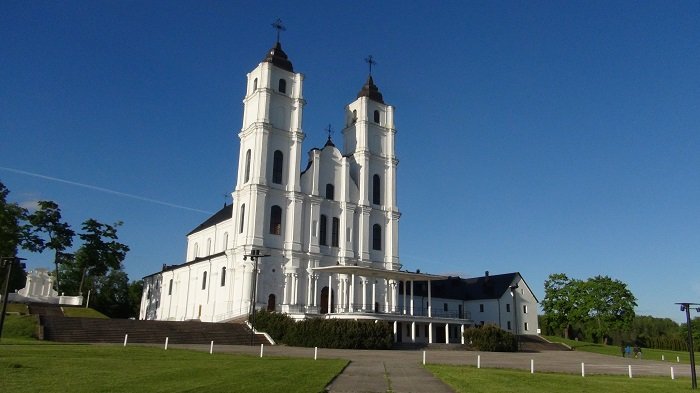Making 2,2% of Latvia‘s population, Poles are the country‘s largest non-Soviet minority.
Their forefathers have arrived to Latgale in 17th-18th centuries when this area was ruled directly by the Polish-Lithuanian Commonwealth. Poles made up the local nobility at the time, funding nice manors and Baroque Catholic churches. To this day, Polish language masses are common in these churches and the Poles remain Catholic.

Some of Latvia‘s Poles may actually have mostly Lithuanian forefathers. That’s because the Lithuanian nobility effectively Polonized in 17th-18th centuries as the Polish culture was seen as the more prestigious one at the Polish-Lithuanian Commonwealth of the era.
Compared to other ethnic groups, the Polish share remained rather stable throughout the 20th century, declining from 2,8% in 1925 to 2,2% in 2011.
Their culture may have taken a bigger hit however, with many Polish families switching their native tongue to Russian during the Soviet occupation.

